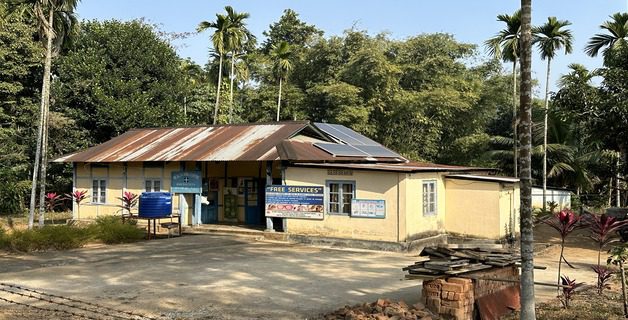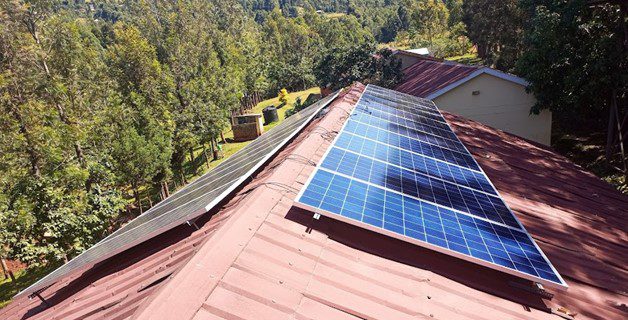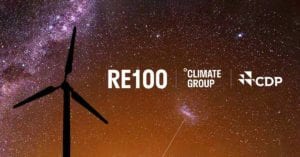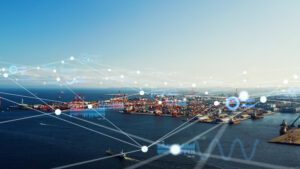Energy is the blood of modern civilization. It pulses under streets and through walls, keeping our lights on, preserving our food, and turning our plastic objects into digital devices. But reliable access to energy — and with it, access to modernity — remains a distant dream for about 685 million people globally.
It’s essential that this changes. Consistent energy is a precondition for industrial, infrastructural, and agricultural progress. It’s in everybody’s interest for developing regions to electrify, modernize, and participate in the global society.
Unfortunately, many without energy also suffer from a lack of clean cooking solutions. This is a huge problem that affects 2.1 billion people — over a quarter of the world’s population. It’s also a killer: traditional wood or charcoal stoves create pollution inside the house, claiming 3.2 million lives every year, according to the World Health Organization. On a broader level, it also worsens gender disparity, deforestation, and environmental harm.
Lights in dark places
Access to Energy is Schneider Electric’s program for providing clean, reliable energy around the world, an expression of our belief that access to energy is a basic human right. It forms one of three pillars in our Access to the Future imperative, designed to protect communities against the effects of climate change.
But Access to Energy isn’t a charity or social responsibility program. Instead, it’s a 360-degree business enterprise — one that narrows the energy gap by providing energy, affordable technology, and expertise to underprivileged areas.
Depending on the country and goal, we partner with various organizations and NGOs on the ground, choosing those with similar visions, and whose operational footprint can complement us.
The manifold benefits of access to energy
Energy isn’t an isolated benefit, but the lever to lift entire communities. It unlocks digital technologies that drive economic growth, wellbeing, education, and general prosperity. If this energy is clean and renewable, communities benefit even more — as does the planet.

In Meghalaya, India, we collaborated with NGO Selco Foundation and Envo Renewables Energy Services, a local engineering partner. Together, we provided access to both reliable electricity and essential health care for rural communities, impacting around 700,000 people in more than 200 health centers.
Or look at Akwa Ibom and Calabar in Nigeria, where we sourced local labor to rig solar panels for a hospital, and installed a smart system to manage the power supply. Here, reliable energy literally makes the difference between life and death. To realize this project, we worked with local partners and the Economic Community of West African States.
Our projects make generous use of Schneider Electric’s software and hardware. Depending on the situation, we can distribute solar lamps, solar home systems, water pumping systems, or microgrids — covering a huge spectrum of energy and environmental needs.
Broad and detailed social impact

Crucially, we don’t just deliver the technology; we also train the local community to use it. Our Clean Entrepreneurs program, for example, provides vocational training for electricians, as well as building entrepreneurial skills. In areas with limited education, these professional skills can prove life-changing. By raising the next generation of leaders and experts, we support the future of these communities too.
All this adds another layer to “sustainability.” While the word is often defined as meeting the needs of the present without compromising the future, our Access to Energy initiatives impart another meaning: they foster a community that can, quite literally, sustain itself.
And then there’s social impact investing. Through various investment vehicles, we fund companies that are well-positioned to advance local sustainability goals. One example is ATEC, who provides sustainable, affordable, and modern Pay-As-You-Go cooking products, mainly for low-income households. Currently distributing in 10 countries across Asia and Africa, their objective is to generate 10 Gigawatt Hours of decarbonised cooking per day in households across the Global South within the next decade, and reduce up to 10 million tons of carbon emissions annually.
Progress. For all.
Since Access to Energy launched in 2009, it has given energy access to over 49 million people. And we won’t stop there: our goal is energy access for 50 million people by 2025, alongside training and support. These targets are embedded in our sustainability strategy, committing us to make a deep and lasting impact on communities everywhere, in line with the UN’s Sustainable Development Goals.
This is all in the name of a fair and inclusive energy transition. Because that term often summons images like wind farms, or cityscapes that twinkle with new technology. But the energy transition should be universal. It must bring along everyone – from Silicon Valley corporates, city planners in Hong Kong, to the villages of Africa, Latin America, and India.
That’s the philosophy that powers Access to Energy, Access to the Future, and Schneider Electric as a whole.



Add a comment